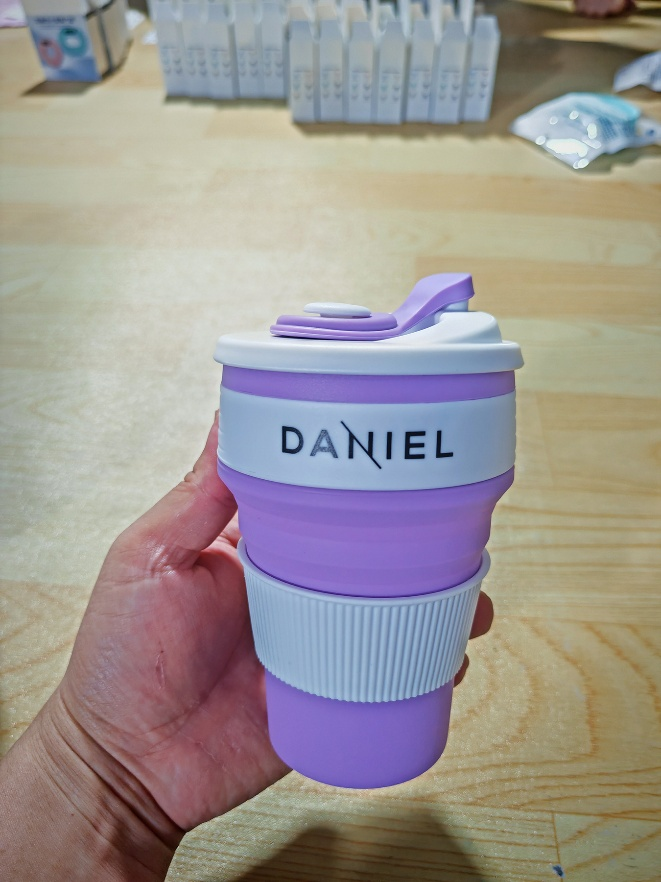Lead and zinc are widely used in fields such as electrical industry, mechanical industry, military industry, metallurgical industry, chemical industry, light industry, and pharmaceutical industry. In addition, lead metal has many uses in sectors such as the nuclear industry and petroleum industry. More than 80% of the world's lead is used to produce lead-acid batteries.
Zinc is an important non-ferrous metal raw material, second only to copper and aluminum in the consumption of non-ferrous metals. Zinc metal has good rolling resistance, wear resistance, and corrosion resistance, and can be made into alloys with better physical and chemical properties with multiple metals. The main products produced by primary zinc enterprises include metallic zinc, zinc based alloys, and zinc oxide. These products have a wide range of uses, mainly in the following aspects:
1. Galvanizing. Used as an anti-corrosion coating (such as galvanized sheet), it is widely used in industries such as automobiles, construction, shipbuilding, and light industry, accounting for approximately 46% of zinc usage.
Zinc has excellent atmospheric corrosion resistance, so it is mainly used for surface coating of steel and steel structural components. After the surface of hot-dip galvanized alloy for electroplating is oxidized, a uniform and fine protective layer of basic zinc carbonate ZnCo3Zn (OH) 2 oxide film is formed, which also has the function of preventing mold growth. Due to the excellent atmospheric corrosion resistance of zinc alloy sheets, Western countries have also begun to attempt to use them directly as roof covering materials. Using them as roof sheets can have a lifespan of up to 120-140 years and can be recycled, while using galvanized iron sheets as roof materials generally has a lifespan of 5-10 years.
2. Manufacturing copper alloy materials (such as brass). Used in the automotive and mechanical industries, accounting for approximately 15% of zinc usage.
Zinc has suitable mechanical properties. Zinc itself has low strength and hardness. After adding alloy elements such as aluminum and copper, its strength and hardness are greatly improved, especially with the emergence of zinc copper titanium alloy. Its comprehensive mechanical properties have approached or reached the level of aluminum alloy, brass, and gray cast iron, and its creep resistance has also been greatly improved. Therefore, zinc copper titanium alloy has been widely used in hardware production.
3. Used for casting zinc alloys. Mainly used as die castings in industries such as automobiles and light industry, accounting for approximately 15% of zinc usage.
Many zinc alloys have excellent processing performance, with a pass processing rate of 60-80%. Excellent medium pressure performance, capable of deep drawing and self-lubricating, extending the life of the mold. It can be welded by brazing, resistance welding, or arc welding (in helium gas), and the surface can be electroplated or painted. The cutting performance is good, and it has excellent superplastic performance under certain conditions.
In addition, zinc has good electromagnetic field resistance. The conductivity of zinc is 29% of that of standard electrical copper, and zinc plate is a very effective shielding material in situations of radio frequency interference. Meanwhile, as zinc is non magnetic, it is suitable for making materials for instrument parts, instrument shells, and coins. In addition, zinc itself and its collision with other metals will not cause sparks, making it suitable for underground explosion-proof equipment.
4. Used for manufacturing zinc oxide. Widely used in industries such as rubber, coatings, enamel, pharmaceuticals, printing, fiber, etc., accounting for approximately 11% of zinc usage.
5. Used for manufacturing dry batteries, appearing in the form of zinc cakes and zinc plates, accounting for approximately 13% of zinc usage.
Zinc has suitable chemical properties. Zinc can interact with NH4CI, releasing H+positive ions. Zinc manganese dioxide batteries utilize the characteristics of zinc, using zinc alloy as the outer shell of the battery, which serves as a container for the battery electrolyte and participates in the battery reaction to form the anode of the battery. In addition, its performance has also been widely applied in the pharmaceutical industry.
The world's lead consumption is mainly concentrated in the fields of lead-acid batteries, chemicals, lead plates and pipes, solder, and lead bombs, with lead-acid batteries being the most important area of lead consumption. In 2009, the proportion of lead consumption in lead-acid batteries in the United States, Japan, and China reached 86%, 86%, and 81.4%, respectively. Based on environmental requirements, the consumption of lead in other fields is relatively low.


 English
English Español
Español Português
Português русский
русский français
français 日本語
日本語 Deutsch
Deutsch Tiếng Việt
Tiếng Việt Italiano
Italiano Nederlands
Nederlands ไทย
ไทย Polski
Polski 한국어
한국어 Svenska
Svenska magyar
magyar Malay
Malay বাংলা
বাংলা Dansk
Dansk Suomi
Suomi हिन्दी
हिन्दी Pilipino
Pilipino Türk
Türk Gaeilge
Gaeilge عربى
عربى Indonesia
Indonesia norsk
norsk اردو
اردو čeština
čeština Ελληνικά
Ελληνικά Українська
Українська Javanese
Javanese فارسی
فارسی தமிழ்
தமிழ் తెలుగు
తెలుగు नेपाली
नेपाली Burmese
Burmese български
български ລາວ
ລາວ Latine
Latine Қазақ
Қазақ Euskal
Euskal Azərbaycan
Azərbaycan slovenský
slovenský Македонски
Македонски Lietuvos
Lietuvos Eesti Keel
Eesti Keel Română
Română Slovenski
Slovenski मराठी
मराठी Српски
Српски 简体中文
简体中文 Esperanto
Esperanto Afrikaans
Afrikaans Català
Català עִברִית
עִברִית Cymraeg
Cymraeg Galego
Galego 繁体中文
繁体中文 Latvietis
Latvietis icelandic
icelandic יידיש
יידיש Беларус
Беларус Hrvatski
Hrvatski Kreyòl ayisyen
Kreyòl ayisyen Shqiptar
Shqiptar Malti
Malti lugha ya Kiswahili
lugha ya Kiswahili አማርኛ
አማርኛ Bosanski
Bosanski Frysk
Frysk ជនជាតិខ្មែរ
ជនជាតិខ្មែរ ქართული
ქართული ગુજરાતી
ગુજરાતી Hausa
Hausa Кыргыз тили
Кыргыз тили ಕನ್ನಡ
ಕನ್ನಡ Corsa
Corsa Kurdî
Kurdî മലയാളം
മലയാളം Maori
Maori Монгол хэл
Монгол хэл Hmong
Hmong IsiXhosa
IsiXhosa Zulu
Zulu Punjabi
Punjabi پښتو
پښتو Chichewa
Chichewa Samoa
Samoa Sesotho
Sesotho සිංහල
සිංහල Gàidhlig
Gàidhlig Cebuano
Cebuano Somali
Somali Точик
Точик O'zbek
O'zbek Hawaiian
Hawaiian سنڌي
سنڌي Shinra
Shinra հայերեն
հայերեն Igbo
Igbo Sundanese
Sundanese Lëtzebuergesch
Lëtzebuergesch Malagasy
Malagasy Yoruba
Yoruba









